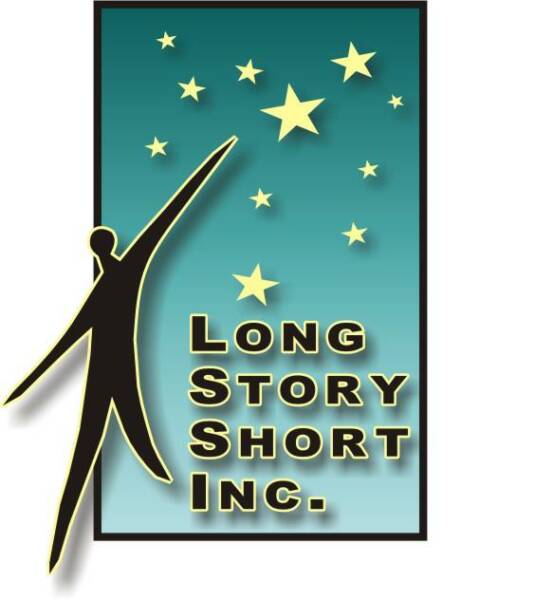The Sum of the Parts
By Jim Riley
It was impossible. Jared was no artist. Yet in front of him stood a masterwork still wet from the paint dripping from his brush. He stared. He had been working on the piece for hours but was only now seeing it. Warped hands twisted through a stained glass cityscape framed by willow trees. Jared shook his head, dazed. Even if he could have imagined the scene, he couldn’t have brought it to life in such exquisite detail.
He took his computer out of his pocket and photographed the painting. He performed a search but found nothing.
Bringing the computer to his ear, Jared made a call.
Moments later he sat down with Professor Ian Jhannen. “Professor, I took your Psychological Philosophy class a few years ago—”
“Call me Ian. I remember. You wrote the paper about Plato’s Forms and Lancet’s Brain Map. It was well done.
Tell me about your problem.”
Jared took a breath. “Today I felt the urge to paint. It was odd because I’ve never painted before, but I found some supplies an old roommate left. I set up the canvas and then I . . . lost control of myself. It was like being completely drunk; I saw myself painting but I didn’t understand what was going on. My hand was on autopilot.
After a few hours, I had this—” he said, showing the photo.
“This is remarkable,” Ian said, eyes widening. “You’ve never had formal instruction?” Jared shook his head. “I’ve never heard of anything like this. May I?” Ian asked, holding up his own computer. Jared tapped and the image appeared on Ian’s screen.
“I searched—” Jared began, but stopped when Ian raised a hand.
“This was posted in the past five minutes.” Jared glanced at the Professor’s screen, and his jaw dropped. A career artist named Carl Bentham had just uploaded a painting that was identical to Jared’s, down to the last detail.
Jared looked up and found Ian staring at him. “Are you aware that when you were taking my class, I was writing a book about the ancient philosophers and brain chemistry? Quite similar to what you wrote your paper about.”
He shook his head. “I didn’t. I remember feeling confident about my topic, though.”
“Do you sometimes inexplicably know things about people?”
“Sure, everyone has intuition. You just get a feeling.”
“Jared, I think you’re what we’ve been looking for.”
“What?”
Ian began to pace. “A colleague and I have been researching the idea of a collective consciousness. There was an experiment performed about 80 years ago in which people were asked to solve several crossword puzzles. Researchers then slipped in an old puzzle that had been solved by people around the world and the subjects’ scores increased dramatically. It was as if they were psychically connected to those that had already solved the puzzles. There are countless examples throughout history of independent discoveries happening simultaneously. Newton and Leibniz with Calculus, Darwin and Wallace with natural selection, and Ulman and Stringer with femtophages.”
“You’re saying—”
“The frequency of these occurrences has dramatically increased in the past ten years, and now I think it’s happened. You may be the breakthrough. The next step. Complete psychic connection to another human being .
. .” Ian’s voice grew soft. “You, Jared, might be the first member of a new kind of humanity. We’d best get prepared. I think a new chapter is about to begin.”
Jim explores the nature of reality using the tools that are available to him. He hopes to gain understanding of fundamental phenomena through his research as a Ph.D. candidate in Materials Science and Engineering at Northwestern University and to gain insight into the human character through the books he has read and the stories he has created. Jim has written a full length novel as well as several short stories and is actively seeking outlets for his work. Contact Jim.
